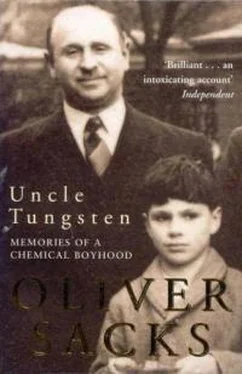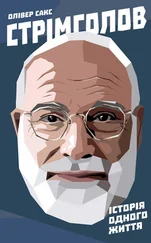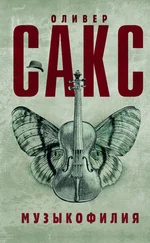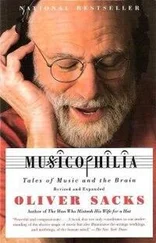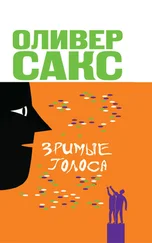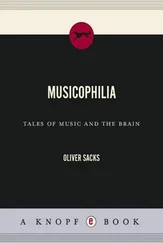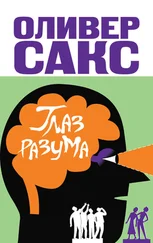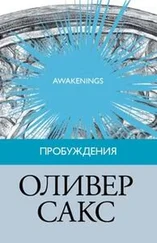* * *
Davy returned to London after his honeymoon to one of the grandest practical challenges of his lifetime. The Industrial Revolution, now warming up, was devouring ever huger amounts of coal; coal mines were being dug ever deeper, deep enough now to run into the inflammable and poisonous gases of ‘fire-damp’ (methane) and ‘choke-damp’ (carbon dioxide). A canary carried down in a cage could serve as a warning of the presence of asphyxiating choke-damp; but the first indication of fire-damp was, all too often, a fatal explosion. It was desperately important to design a miner’s lamp that could be carried into the lightless depths of the mines without any danger of igniting pockets of fire-damp.
Davy made a crucial observation – that a flame could not pass through a wire mesh or gauze, as long as this were kept cool. [27]He made many different sorts of lamps incorporating this principle, the simplest and most reliable being an oil lamp in which the only way air could get in or out was through screens of wire mesh. The perfected lamps were tried in 1816 and proved not only safe but also, by the appearance of the flame, reliable indicators of fire-damp.
In a further discovery, Davy found that if a platinum wire was put in an explosive mixture, it would become red-hot and glow. He had discovered the miracle of catalysis: how certain substances, such as the platinum metals, might induce a continuing chemical reaction on their surfaces, without being themselves consumed. Thus, for instance, the platinum loop we kept above the kitchen stove would glow when put in the stream of gas, and, becoming red-hot, ignite it. This principle of catalysis was to become indispensable in thousands of industrial processes. [28]
To an extent that I was only to realize later, Humphry Davy and his discoveries were part of our lives, from the electroplated cutlery to the catalytic gas-lighting loop, to photography (which he had been one of the first to perform, making photographs on leather, thirty years or more before others rediscovered the process), to the dazzling arc lamp used to project films in the local cinema. Aluminium, once costlier than gold (Napoleon III, famously, used to give his guests plates of gold, while he himself dined on aluminium), had become cheap and available only with the use of Davyan electrolysis to extract it. And the thousand and one synthetics all around us, from artificial fertilizers to our gleaming bakelite telephones, were all made possible by the magic of catalysis. But, crucially, it was Davy’s personality that appealed to me – not modest, like Scheele, not systematic, like Lavoisier, but filled with the exuberance and enthusiasm of a boy, with a wonderful adventur-ousness and sometimes dangerous impulsiveness – he was always at the point of going too far – and it was this which captured my imagination above all.
Photography had become another passion of mine, and my little lab, already so overfull, often doubled as a darkroom as well. If I try to remember what drew me to photography, I think of the chemicals involved – my hands were often stained with pyrogallol, and seemed to smell of ‘hypo’, sodium hyposulphite, all the while; of the special lights – the deep ruby safelight; the large flashbulbs stuffed with shiny, crinkly, inflammable metal foil (usually magnesium or aluminium, occasionally zirconium). I think of the optics – the tiny, flattened image of the world on a ground-glass screen; the delight of different f-stops, of focusing, of different lenses; of all the intriguing emulsions one could use – it was, above all, the processes of photography that fascinated me.
But there was also, of course, the sense of being able to make a very personal and perhaps fugitive perception objective and permanent, especially as I lacked the ability to draw or paint. This was fanned, even before the war, by family photo albums, especially those which went back before my birth, to the beach scenes and bathing machines of the 1920 s, the street scenes of London at the turn of the century, the stiffly posed grandparents and great-aunts and great-uncles of the 1870 s. There were also, most precious of all, a couple of daguerreotypes, in special frames, dating from the 1850 s; these had a detail, a finish, that seemed much finer, more brilliant, than those of the later paper prints. My mother particularly cherished one of these, a photo of her mother’s mother, Judith Weiskopf, taken in Leipzig in 1853.
Then there was the whole wide world outside the family, the printed photos in books and newspapers, some of which struck me with great vividness, like the dramatic photos of the Crystal Palace on fire (these confirmed – or did they suggest? – my own very early memories of it) and photos of airships majestically floating (and another of a Zeppelin coming down in flames). I loved photos of distant people and places, most of all the photos in the National Geographic magazine, which would arrive, with its yellow-edged cover, each month. The National Geographic , moreover, had pictures in color, and these affected me especially. I had seen hand-tinted photos – Auntie Birdie was adept at such tinting – but I had never seen actual color photos before. An H.G. Wells tale, ‘The Queer Story of Brownlow’s Newspaper’, which I read around this time, describes how Brownlow receives one day, instead of his usual 1931 paper, a newspaper dated 1971. What first arouses Mr. Brownlow’s attention, making him realize that he is confronting something incredible, is the fact that this newspaper has photographs in color – something inconceivable to him, living in the 1930 s:
Never in all his life had he seen such colour printing – and the buildings and scenery and costumes in the pictures were strange. Strange and yet credible. They were colour photographs of actuality forty years from now.
I sometimes had such a feeling about the color pictures in the National Geographic; they, too, pointed to a brilliant, many-colored world of the future, and away from the monochromes of the past.
But I was more deeply drawn to the photographs of the past, with their dim, delicate sepia tones – they abounded in the older family albums and in the old magazines that I once found piled in the lumber room. I was already, by 1945, very conscious of change, of how prewar life had gone irredeemably, forever. But there were still photos, photos often casually taken, that now possessed a special value, photos of summer holidays before the war, photos of friends and neighbors and relatives, caught in the sunlight of 1935 or 1938, with no shadow or premonition of what would come. It seemed to me wonderful that photographs could capture actual moments, clean cross sections, as it were, of time, fixed forever in silver.
I longed to make photos myself, to document and chronicle scenes, objects, people, places, moments, before they changed or disappeared, swallowed by the transformations of memory and time. I took one such picture of Mapesbury Road, caught in the morning sunlight of July 9, 1945, my twelfth birthday. I wished to document, to hold forever, exactly what confronted me when I opened the curtains that morning. (I still have this photo, two photos, actually, designed to form a stereo pair, as a red and green anaglyph. Now, more than half a century later, it has almost replaced the actual memory, so that if I close my eyes and try to visualize the Mapesbury Road of my boyhood, all I see is the photograph I took.)
Such documentation was, in part, forced on me by the war, the wholesale way in which seemingly permanent objects were destroyed or removed. There had been wrought iron railings, beautiful and solid, around our front garden before the war, but when I returned home in 1943, they were no longer there. I found this very disturbing, and was even driven to doubt my own memory. Had there in fact been such railings before the war, or had I, in a fanciful or poetic way, somehow invented them? Seeing photos of my younger self, posed against the railings, was a great relief, proving that the railings were really there. And then there was the giant Cricklewood clock, the clock I remembered, or seemed to remember, at least, twenty feet high, with a golden face, in Chichele Road – this, too, was gone in ‘43. There was a similar clock in Willesden Green, and I assumed that I had somehow doubled it in my mind, endowing Cricklewood, my neighborhood, with its twin. Here again, it was a great relief, years later, to see a photo of this clock, to see that I had not invented it (both the iron railings and the clock had been removed as part of the war effort, when the country was desperate for all the iron it could obtain).
Читать дальше
